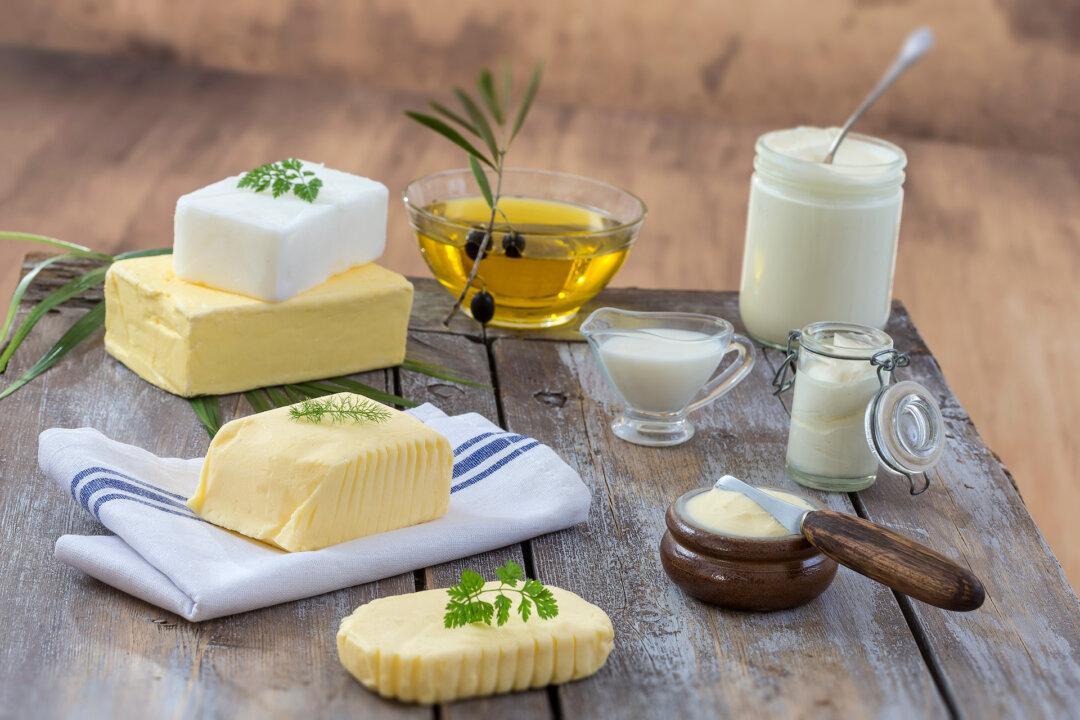As you nestle your children snug in their beds this Christmas Eve, perhaps it’s more likely that visions of tablets and smartphones will dance in their heads than sugarplums. Clement Clarke Moore’s iconic Christmas poem “A Visit from St. Nicholas,” in which the sweets appear, is nearly two centuries old, and sugarplum fairies may dance their way across countless stages this December in renditions of Tchaikovsky’s “The Nutcracker,” but most of us are left wondering exactly what a sugarplum is.
Sure, it’s clear they have something to do with Christmastime, but you’d be hard-pressed to pinpoint exactly what they are or precisely why they’re so intricately connected to yuletide festivities. It seems their meaning is lost with time. Instead, we’re left with vague ideas. Sugarplums are the stuff of winter dreams.
It’s with good reason that our own visions of sugarplums seem hazy at best. Simply, sugarplums are rather hazy and ill-defined sweets. Even food historians, whose business it is to know these sorts of things, seem to hold only vague ideas themselves. At best guess, a sugarplum is simply a pleasant, sweet treat—a definition that could apply to many different foods.

Candied Fruit: A Sugarplum Candidate
Unlike today, where sugar is ubiquitous in the standard American diet, a few centuries ago people considered the sweetener to be a rare and rather expensive treat. Cooks used the precious ingredient with a judicious eye for thrift. A little could give foods flavor, and some apothecaries used it medicinally, but, mostly, sugar helped preserve the harvest by allowing cooks to store summer fruits well into the dark and cold days of winter.Candying fruit, a technique that originated in Southwest Asia, made its way to Europe around the 14th century. Two centuries later, sweet marmalades and candied fruit, though still precious and relatively rare, were increasingly more common and were often served during festivals and holidays. To candy fruit, cooks boiled fresh apricots, cherries, nuts, and even plums in a heavy sugar syrup until completely saturated.
This process, which is also known as sugaring, creates a hostile environment to the bacteria that cause spoilage, allowing cooks to preserve summer fruit indefinitely. While we have other methods to preserve fruit today, such as freezing and canning, sugaring remains popular for ginger, papaya, cherries, pineapple, and citrus rind.

Cooks certainly sugared plums, and many other fruit and nuts. Early 17th-century cookbooks recommended sugaring plums, noting that it was the “most delightful way” to preserve them.
Remembering the Sugarplum
Similar to sugaring fruit, candy makers of the time (and for centuries to come) made sweet confections by glazing nuts, seeds, and spices such as coriander in progressive layers of sugar so that they formed a hard shell. They call this process “panning” and still use it today to make various confections, with Jordan almonds being the best example. For early candy makers, panning was a laborious process that could take days. Each layer of sugar had to harden before the next could be applied. Until the early 19th-century, it was all done by hand.
Around the time that Clement Moore penned his Christmas poem in the 1820s, industrialization meant advances in candy making and the once expensive, labor-intensive sugarplum became more accessible.
Within a few decades, increased access to sugar and advances in machinery meant that candy makers could specialize in all sorts of confections: jelly beans and chocolates, marshmallows and rock candy. The once-loved sugarplum was half-forgotten, left as a remnant of past Christmases.
In the past 50 years, home cooks have attempted to bring the sugarplum back to life. Yet without firm recipes and descriptions to guide them, these new sugarplums resemble date and nut balls more than they do old-fashioned candies. Modern-day sugarplums typically include dried fruit, aromatic spices, and nuts ground together and formed into neat little balls. You can roll them in coarse sugar, such as turbinado, but grated coconut or even cocoa powder are also popular, too.
If you’re hoping to inspire visions of sugarplums this Christmas season, perhaps it’s time to make a few sugarplums yourself. Balls of spiced dried fruit and nuts are a welcome addition to holiday cookie plates teeming with white flour and mountains of buttery frosting. If you want an experience closer to the Christmases of yore, you might tuck a little bag of Jordan almonds into the Christmas stockings that hang from your mantle.

Sugarplums
Aromatic spices combine with dates, dried plums, and nuts for a wholesome Christmas treat. These sugarplums are easy to make, and children enjoy forming the paste into little round balls. If you can find them, choose unsulphured apricots for this recipe, as they have an intense sweetness and delicious flavor with notes of butterscotch.- 1 cup chopped walnuts
- 1 cup chopped pitted dates
- 1/2 cup chopped pitted dried plums
- 1/2 cup chopped dried apricots, preferably unsulphured
- 2 tablespoons finely grated orange zest
- 1 teaspoon ground cinnamon
- 1/4 teaspoon ground coriander
- 2 tablespoons honey
- Pinch of salt
- Turbinado sugar or shredded coconut, for serving
Turn out the fruit mixture onto your counter, and form them into small balls. Roll in sugar or coconut, and serve immediately. Store any leftovers in an airtight container at room temperature for up to 3 days.





